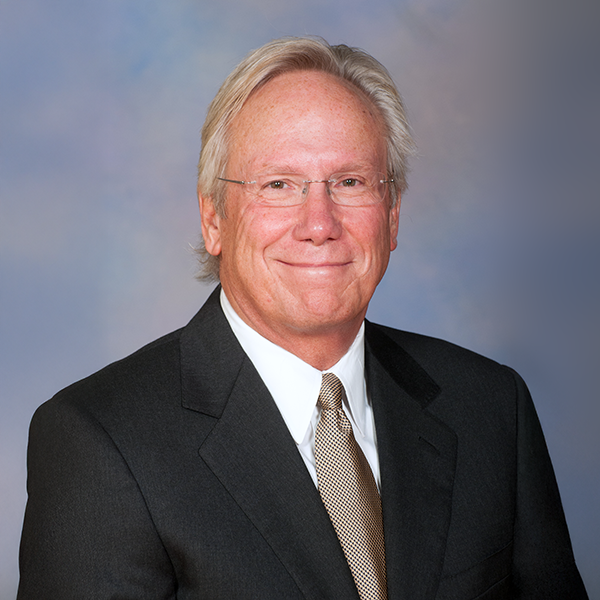
Thomas Clanton, Ph.D.
BK and Betty Stevens Professor, Department of Applied Physiology and Kinesiology
Meet Thomas Clanton, Ph.D.
BK and Betty Stevens Professor
Education
- Post Doctoral Fellowship, The Ohio State University (1982)
- Ph.D. Physiology & Biophysics, University of Nebraska Medical School (1980)
- B.S. Chemistry, Gustavus Adolphus College (1971)
Mailing Address
FLG 106D | FLG 29
P.O. Box 118205
Gainesville, FL 32611-8205
Dr. Clanton’s Lab
Biography
Thomas Clanton, Ph.D., is a professor of applied physiology & kinesiology. His research area as a graduate student was in respiratory neurophysiology, and he did postdoctoral training in that area at Ohio State in the Department of Physiology.
He came to the University of Florida after serving as professor in the Division of Pulmonary and Critical Care Medicine, the Department of Internal Medicine, at Ohio State, where he remained for more than 25 years. At Ohio State Clanton performed research in the areas of respiratory mechanics, respiratory muscle physiology, free radical biology, exercise physiology and lung disorders related to HIV disease.
At various times he was also director of clinical labs in Pulmonary Diagnostics and the Pulmonary Rehabilitation Program, as well as director of the university wide OSU Biophysics Graduate Program.
Today, Clanton’s research is largely focused on basic and applied skeletal and cardiac muscle biology, and the role of reactive oxygen species in normal function.
Secondly, his laboratory is studying the origins of heat stroke and other disorders related to hyperthermia, and developing new fluorescent imaging and spectroscopy technologies for studying physiology in intact tissues and even in humans.
He has been funded throughout his career by the National Institutes of Health, Heart Lung and Blood Institute.
Research Interests
- Skeletal and cardiac muscle biology
- Free radical biology
- Fluorescent imaging and spectroscopy
- Heat stress and origins of heat stroke
- Tissue hypoxia and ischemia